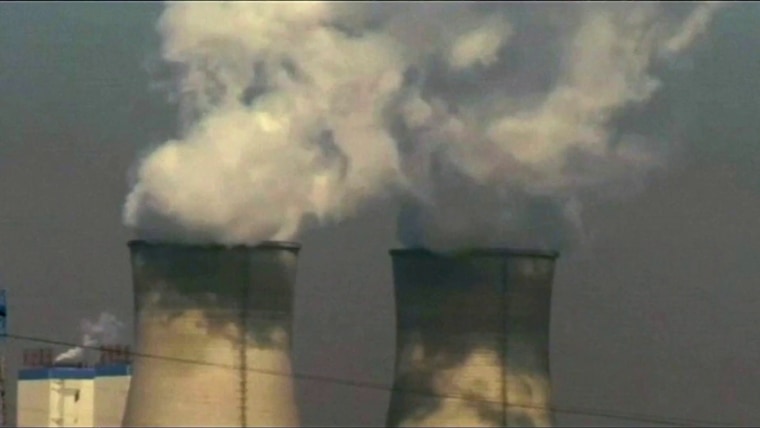The amount of methane in the atmosphere has risen to record levels and is increasing at the fastest rate on record, according to the National Oceanic and Atmospheric Administration.
The greenhouse gas—which is the second largest contributor to global warming—is more powerful than carbon dioxide, the primary driver of climate change, but it also degrades faster, making its effects short-lived.
Some experts say curbing methane emissions may be one of the easiest and most effective immediate measures to slow climate change.
Levels of methane in the atmosphere rose by 17 parts per billion in 2021, the National Oceanic and Atmospheric Administration (NOAA) said in a news release Thursday. Total levels of methane in the atmosphere are 162 percent higher than pre-industrial levels and about 15 percent higher than it was several decades ago.
Atmospheric carbon dioxide remains the primary and long-term driver of climate change. The agency said that its levels continue to rise and reach new highs.
Reducing methane pollution has become a recent focus during international climate talks. Although it is a short-lived driver of climate change, methane could have an obvious impact because it absorbs much more heat and energy than carbon dioxide.
“Our data shows that global emissions continue to move in the wrong direction at a rapid pace,” said Rick Spinrad, director of the National Oceanic and Atmospheric Administration (NOAA), in a press release. “Reducing methane emissions is an important tool that we can use now to reduce the effects of climate change in the near term, and reduce the rate of warming.”
The most recent analysis of the United Nations Intergovernmental Panel on Climate Change estimated that the potential contribution of methane to global warming is greater than 81 times the equivalent amount of carbon dioxide When effects are measured over a 20-year period.
Methane made up about 18 percent of all greenhouse gas emissions in 2019, according to Latest IPCC Report.
Methane has many sources. It is the primary component of natural gas, a by-product of livestock such as cows and the gas that is released when organic matter decomposes in wetlands.
Methane presents a challenge and an opportunity to make easy progress toward controlling climate change, said Jay Edmonds, chief scientist at the Pacific Northwest National Laboratory’s Joint Global Change Research Institute and a contributor to the latest report to the Intergovernmental Panel on Climate Change.
“Its good news and bad news. Its sources for humans are quite diverse, and many of them are relatively easy to handle,” Edmunds said in an interview about the latest IPCC findings.
Capturing methane from landfills, eating less meat from ruminants, transforming how livestock are fed and “tightening” the production and transportation of natural gas could make a big difference to global warming by reducing methane emissions.
The Intergovernmental Panel on Climate Change has estimated that about 6 percent of global methane emissions are “fugitive emissions” released during the production and transportation of fossil fuels.
In November, President Joe Biden announced new environmental regulations aimed at limiting methane production in fossil fuel production.
[ad_2]





